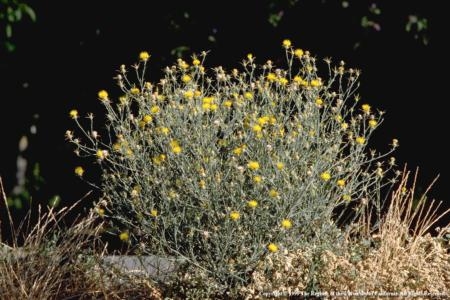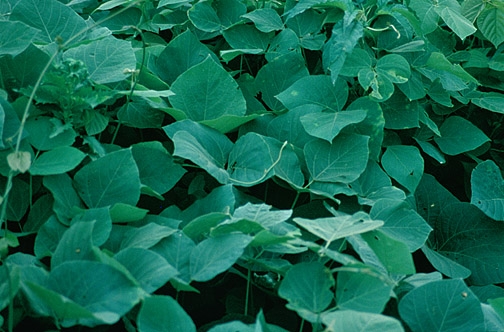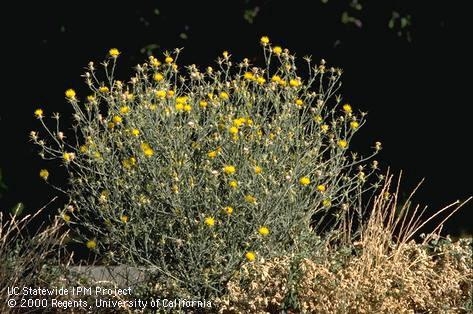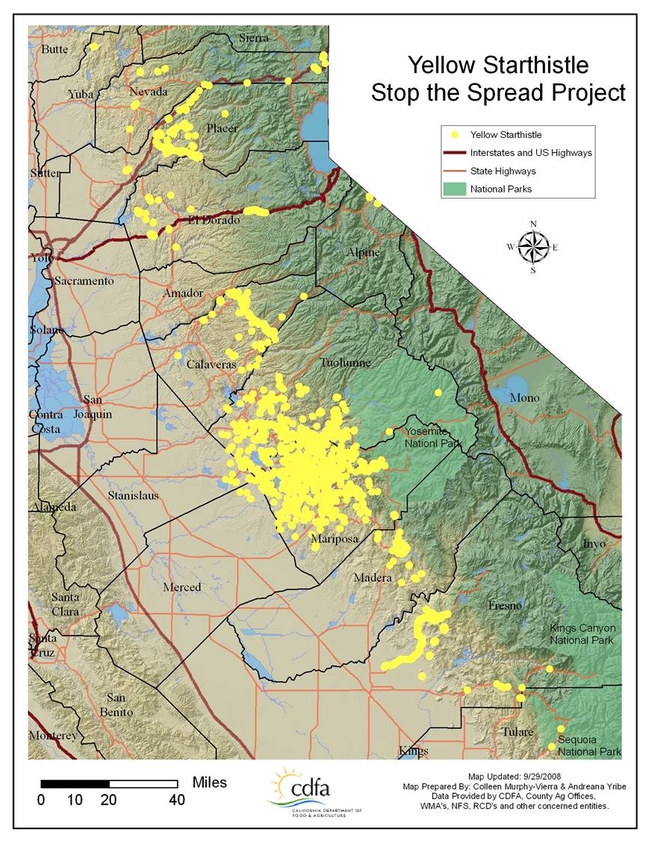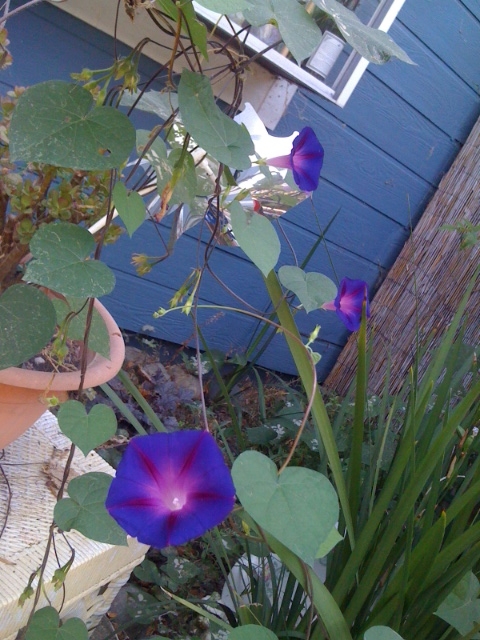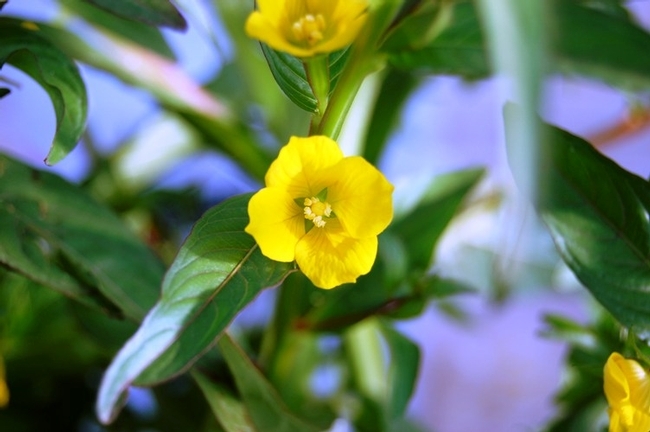Posts Tagged: Weeds
Collaboration may be an effective way to fund wildland weed control
Many funding sources for weed eradication have been reduced or completely eliminated. According to the California Assembly Budget Committee’s annual Preliminary Review of the Governor’s Proposed 2012-13 State Budget, the California Department of Food and Agriculture will absorb a permanent budget reduction of $12 million in program cuts, in addition to a $19 million budget reduction in 2011-12. Funding for weed management areas (WMAs) has been reduced to the point that many WMAs have become inactive or are being managed voluntarily as an adjunct to other duties.
At the California Invasive Plant Council (Cal-IPC: http://www.cal-ipc.org/) annual symposium at Lake Tahoe in October, it was stressed that competition for limited funding will pit us against ourselves and each other. Only by working together, creating collaborative projects, will we be able to benefit from the limited funding opportunities available.
Enter the collaborative grant-funded project. Agencies are looking for applications that demonstrate community support from a diverse range of stakeholders. For example, the Sierra Nevada Conservancy (SNC) is currently reviewing proposals received in response to their Healthy Forests initiative. Proposition 84 — The Safe Drinking Water, Water Quality and Supply, Flood Control, River and Coastal Protection Bond Act of 2006 — will fund approved projects. Five million dollars is available this year for healthy forest projects; next year an equal amount will be available for rangeland projects.
Two weed control projects created by UC Cooperative Extension Central Sierra received SNC invitations to submit complete grant applications. One project is a collaboration between UCCE, the U.S. Forest Service, and Yosemite National Park; another works in partnership with Cal-IPC.
As an example of the collaborative partnerships being sought by funding agencies, the National Fish and Wildlife Foundation is offering the ‘Pulling Together Initiative’ which “seeks proposals that will help control invasive plant species, mostly through the work of public/private partnerships such as Cooperative Weed Management Areas.” Successful projects must “have a project Steering Committee composed of local cooperators who are committed to working together to manage invasive and noxious plants across their jurisdictional boundaries.”
Clearly, in light of decreased federal and state funding, a strategic direction for weed-control projects will be to leverage resources, working together to do what no one agency can accomplish alone.
Two additional collaborative projects, created by Wendy West of UCCE Central Sierra, are highlighted here:
- A Weed-Free Forage List providing California resources for weed-free feed and erosion control materials will soon be posted on Cal-IPC’s website. The site will also contain explanatory information about weed-free certification, along with links to inspection procedures and noxious weed lists.
- Workshops designed to help prevent the spread of weeds during construction, aggregate production and maintenance activities are being offered throughout the state. The workshop is hosted and sponsored by U.S. Forest Service, National Park Service, California Department of Food and Agriculture, University of California and University of Nevada Cooperative Extension, and the California Invasive Plant Council.
A Fresno County workshop was held in January and a sold-out workshop is scheduled for March in Los Angeles County. If you are located in the central California region that includes Amador, Calaveras, El Dorado, Madera, Mariposa, San Joaquin, Stanislaus or Tuolumne counties, please consider attending the next workshop, scheduled for April 9 in Sonora. The final workshop will be held in Truckee on May 2. Register for the workshops here.
Prevention Workshop 2012 flier
Workshop Schedule.Agenda
UC farm advisor outlines problems posed by invasive species
Faber said invasive species are being introduced at a rapid rate around the world, and are primarily spread by humans.
He differentiated between non-native plants that are beneficial, such as avocados and citrus, and invasive plants that have been accidentally introduced into an ecosystem where they run rampant.
"An invasive species is something out of place and out of control," he said.
Fresno State report confirms state’s farmers apply water efficiently
Fresno State press release
Claims that California farmers are wasteful and inefficient in managing their water supplies are inaccurate, according to a new report released by Fresno State's Center for Irrigation Technology.
The study is the culmination of a yearlong effort by irrigation experts to update the 1982 University of California Cooperative Extension report “Agricultural Water Conservation in California with Emphasis on the San Joaquin Valley” by David C. Davenport and Robert M. Hagan.
The new study concludes that the 1982 report correctly framed the potential for agricultural water-use efficiency, and many of its findings are still relevant 30 years later.
Time to plan your yellow starthistle weed attack
Weeds, weeds, weeds! Have you noticed? This has been a banner year for weeds. Puncturevine where I’ve never seen it before. Garden soil covered with common purslane (at least it’s good in salads). And solid stands of yellow starthistle everywhere!
Our cool late spring and repeated late rains created multiple germination periods; weed seeds in the soil had many opportunities to sprout. And sprout they did! With the heat of summer, weeds flowered and became noticeable. Now, weeds have set seed and dried along roadsides, in fields, and landscapes. All those weed seeds will require diligent effort next spring! It’s time to plan your weed attack to prevent next year’s seedlings.
What can be done? First of all, identify your weeds. Different weeds require different treatments. Is it an annual or perennial? Does it propagate by wind-blown seeds or by runners? The University of California Integrated Pest Management website, has weed-identification guides that are fun and easy to use. The website also offers treatment guidelines.
In the California foothills, yellow starthistle (YST) is perhaps the most common weed of concern. It impacts much of our open space - agricultural and rangeland - and intrudes into our neighborhood landscapes. Yellow starthistle currently infests more than 15 million acres of land in California. Not only does it prevent recreational use, like walking or hiking, but it chokes out native grasses and wildflowers. It is also poisonous to horses, causing a neurological disorder called "chewing disease” which can be fatal once symptoms develop.
More and more, individual homeowners are becoming the key to containing and eliminating this invasive plant, wherever it exists. The goal in treating yellow starthistle is to prevent seed formation. Unfortunately, this year's YST has already bloomed, set seed, and dried. Planning is essential to prevent another banner crop next year.
That said, yellow starthistle can be hand-pulled at any time in its lifespan. In its present dry and spiny stage, pulling the weeds can inflict pain, so be sure to wear gloves. Double-bag the plants and burn them later in the fall.
There is a fairly new herbicide (2009) on the market from Monterey Chemical called Star Thistle Killer.
It is available at home centers and nurseries and can be purchased without a permit. The active ingredient, clopyralid, is the same active ingredient in Transline and should not be used on lawns. However, one spray application on small parcels of less than two acres during the late fall, winter, or early spring rainy season will be effective in preventing yellow starthistle seedling germination next spring.Local pest control companies are also available to provide a one-time herbicide application for yellow starthistle. For more information, go to the Central Sierra Cooperative Extension website or call the Yellow Starthistle Leading Edge Project in the UC Cooperative Extension office at (530) 621-5533 or (209) 533-6993.
Information adapted from the University of California Integrated Pest Management Program and from “Yellow Starthistle: Brief Homeowner Information Sheet” by John E. Otto, Amador County Master Gardener.
Also see the following video on yellow starthistle control.
YST Homeowner Handout
RebeccaYST
Pondering Thoughts about Life and Gardening
As I start to ponder the complexities of all my thoughts related to gardening, I find myself thinking about vivid memories of childhood gardens long ago, and the need to draw silly analogies from the simplest of tasks in the garden, which seemed to so eloquently parallel lessons taught by everyday life - epiphanies, irony and humility.
It seems to me, that I always want what I can’t have. I desperately pull weeds when they so tenaciously grow without any need for pampering, irrigation, or fertilizer. They even come back when I chop them off and pulled them up -- roots and all. Even, when I am fully convinced that I’ve removed that final pesky weed, I discover the following spring, that it had already carefully spread about 10,000 of its offspring – all now happily sprouting in my yard.
It seems so ironic, my quest to create a perfect garden. I’m convinced that gardens are Mother Nature’s way to humble human beings. To make us realize that we can’t control our lives, we cannot always have things go the way we plan. And in the end, we must learn plan, hope, pray and finally have faith that the sun will shine and garden, like life, will sprout, grow and renew itself again -- weeds and all.
Entomologists profiled in LA Times
Reporter Amina Khan with the LA Times profiled husband-and-wife entomologist team Christina and Mark Hoddle of UC Riverside (Mark is also a UC Cooperative Extension entomology specialist). The pair travel the world seeking parasitoids that can serve as biological control to invasive California pests and then test the results at the Center for Invasive Species Research at UC Riverside. "Bugs don't take weekends," Christina Hoddle told the reporter, "so neither do we."
Weed threatens rice-growing areas
Heather Hacking, Chico Enterprise Record
Photos and more details about the weed are also available from Luis Espino on the UC Rice Blog.
Autumn is for Apples: An Interview With Carol Fall
Jennifer Jewell, aNewsCafe.com
As apple season approaches, this article examines the Trinity Heritage Orchard Project through an interview of Carol Fall, program representative for UC Cooperative Extension Trinity County. The project has identified and mapped century-old apple trees from Gold Rush-era homesteads that are now on public lands and available for gleaning. Fall also evaluates how fruits of these heirloom varieties are best picked and used—whether for baking, cider-making, eating fresh or storing for winter months—and takes cuttings from the most significant varieties to plant elsewhere in the community. The article says Fall will provide apple samples Oct. 8 at Weaverville's annual Salmon Festival.


